Essential Beehive Supplies: Building Blocks for a Thriving Apiary
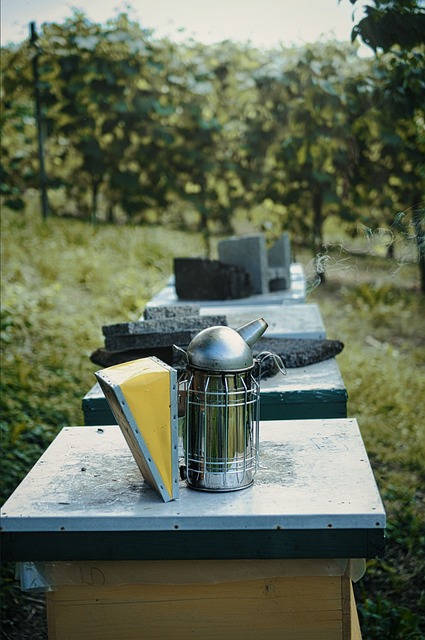
Here is some bee hive supply helpful information whether you are new to beekeeping, have been a bee keeper for years, or fall anywhere in between, the appropriate bee hive supplies are going to make beekeeping far easier.
Depending on the size of the colony, how often you harvest for honey, and methods you use for doing so, there are a number of supplies you are going to require as a beekeeper.
These are a few of the basics you should have in line when choosing your bee hive supplies.
Bee Hive Supply Kits
There are a number of beginner kits you can use.
When purchasing these kits, some items which are included are: floor boards, mesh panels, nucs and swarm retrieval supplies, pollen and traps, and jars and containers for extraction. A total kit, best value for your money rather than buying separate.
Although all kits vary, these are some of the basics which most will include.
Quality kits are available at Dancing Bee Equipment, Canada's Beekeeping Store right here in Ontario and Manitoba! They offer great quality, fantastic customer service and fast shipping!
Protective Clothing
Another major area to look into when purchasing bee hive supplies is having appropriate clothing.
Full keeper suits, mesh panels to cover your face, gloves, and other protective gear should be worn at all times.
Whether you are new to or have been a beekeeper for years, it is the only way to fully prevent stings or other potential injuries when working around bees.
Hive tools, smokers, scalping knives, bee brushes, and other tools and equipment will also make your job as a beekeeper far easier and far more enjoyable as you progress in this field.
Depending on the size of the hives produced, the size and number of colonies which are in place, and the frequency at which you are going to harvest the hives, each beekeeper is going to find that a different set of tools and bee hive supplies is going to allow them to get the most out of their craft or hobby.
Just as important as having the appropriate supplies and tools in place, is having high quality items in place to work as a beekeeper as well.
So, taking the time to compare suppliers, the lines of items they carry, tools, kits, and different supplies which will allow you to do the work safely and efficiently, are a few things which have to be considered in choosing the product lines to purchase.
Consider the purchase of kits, as opposed to buying items individually as well, as they typically include a variety of tools you will need, and in most cases, the kits tend to be cheaper than purchasing individual items and tools you are going to require as a beekeeper. Dancing Bee Equipment can accommodate you as well. Click Below
Beekeeping Suit - How To Choose The Right One
A beekeeping suit is imperative for any beekeeper.
Not only will beekeeping suits prevent injuries, but the proper bee suit will offer a full range of mobility, comfort, and won't bee too hot when working in stringent conditions.
Prior to investing in a beekeeping suit, these are some things to consider when purchasing one.
This is the one I purchased and it is still as good as purchased over 7 years ago, it is a heavy duty suit, cool and easy to wash. You only want to purchase one!
The Material
Strong, thick, and light or white colored materials should be used in the development of the bee suit.
Darker colors will provoke bees as they think a predator is approaching, so choose lighter color varieties when possible.
The material should also be of a breathable, woven nature, as this is going to prevent the stringer bees from penetrating the suit and possibly injuring or stinging you while you are working around them for extended periods of time.
Loose Fit
Look for the beekeeping suits which aren't tight fit or skin tight.
You need room to move, and in many cases, may wish to wear other clothing underneath the suit, which can't be accomplished with something that is extremely form fitting.
Longer sleeves and protective mesh materials are going to allow you to move freely and will prevent any injuries to any area of the body.
The loose fit also helps avoid easy penetration by the bees you are working around.
A beekeeper hat with matching canvas should also be worn by keepers; the obvious reason is to prevent stings to the face, neck, or other area around the upper body.
Further, a clear canvas will allow for clear visibility and allow you to easily see what you are doing and move around the hives you are working nearby to when beekeeping.
The bee suit may be the most important tool, defensive mechanism, and equipment all beekeepers need.
But, when investing in a suit, make sure you look for high quality material finishes, comfort, and loose fit, for optimal movement, mobility, breath-ability, and sting prevention. I love my Ultra Breeze suit.
Bee Brush For Hive Maintenance
There are a few tools and supplies which are essential in a beekeeper's arsenal of supplies; one such tool is the bee brush.
Seems simple and basic in nature, and in fact it is. With this in mind, it does have to be appropriately used, and should not be over used, as this has the potential of injuring, harming, or possibly killing worker or queen bees, if it is overly used or used too roughly when working in the hive area.
How The Brush Is Used
The brush basically looks like a hair comb or brush, which has large, long, soft bristles at the end of it. Basically, the brush is going to be used during inspection, during basic management of the hive, or during the transfer process from one comb to another.
As the name implies, you will use the bee brush to brush the bees from one area to another. During this process, it is very important to work delicately and to work meticulously, so as to avoid irritating the bees, or to avoid brushing them too hard, which can cause damage or can possibly injure them during the brushing and combing process.
The bee brush can be used with larger or smaller hives, but should be used at proper intervals in order to avoid damage or injury.
Using your discretion typically proves best, as beekeepers will eventually learn the patterns in the hive, notice how the bees respond to use of the brush, and at a certain point in time, will simply realize how much it is really capable of doing during the process.
When purchasing a brush, look for those with softer bristles, but look for something which has longer bristles allowing you to work from a distance.
Many online sites carry this,and other essential tools any beekeeper will require when caring for the hive.
Uses For Your Bee Smoker
One of the main supplies or equipment you are going to use as a beekeeper is a bee smoker.
Used to help calm the bees, the bee smoker will produce smoke, from the smoldering of various fumes, which causes the pheromones (which is released by guard bees) to be masked during the process.
While defensive mechanisms of the bees are down, this gives the beekeeper the opportunity to enter the hive, to remove honey, or to otherwise work with the bees in a colony.
Fuels used
When setting up your bee smoker, a number of different fuels can be used in order to produce the smoke which will help calm down the bees.
As long as they are natural, uncontaminated fuel sources, you can use these in the bee smoker during the smoking process.
Pine needles, burlap, paper egg cartons, or wood, are a few of the many sources which can be used in the smoke production process.
Commercial fuels can also be purchased and used in the smoking process.
Choosing a burner
Although the basic design, set up, and form of the bee smoker are similar in nature and stature, depending on the size and location of your bee hives and colonies, there are a number of options available to beekeepers today when purchasing this supply.
Depending on your budget, there are also larger smokers, or those which can be used in a commercial setting for professional beekeepers, which are costly, but will allow you to control far more bees, in a much larger area as well.
The bee smoker is one of the main tools you are going to need as a beekeeper. Not only does it allow you to work around bees safely, it allows you to do so in any location where there is a larger hive or potential for swarming or sting threats as well.
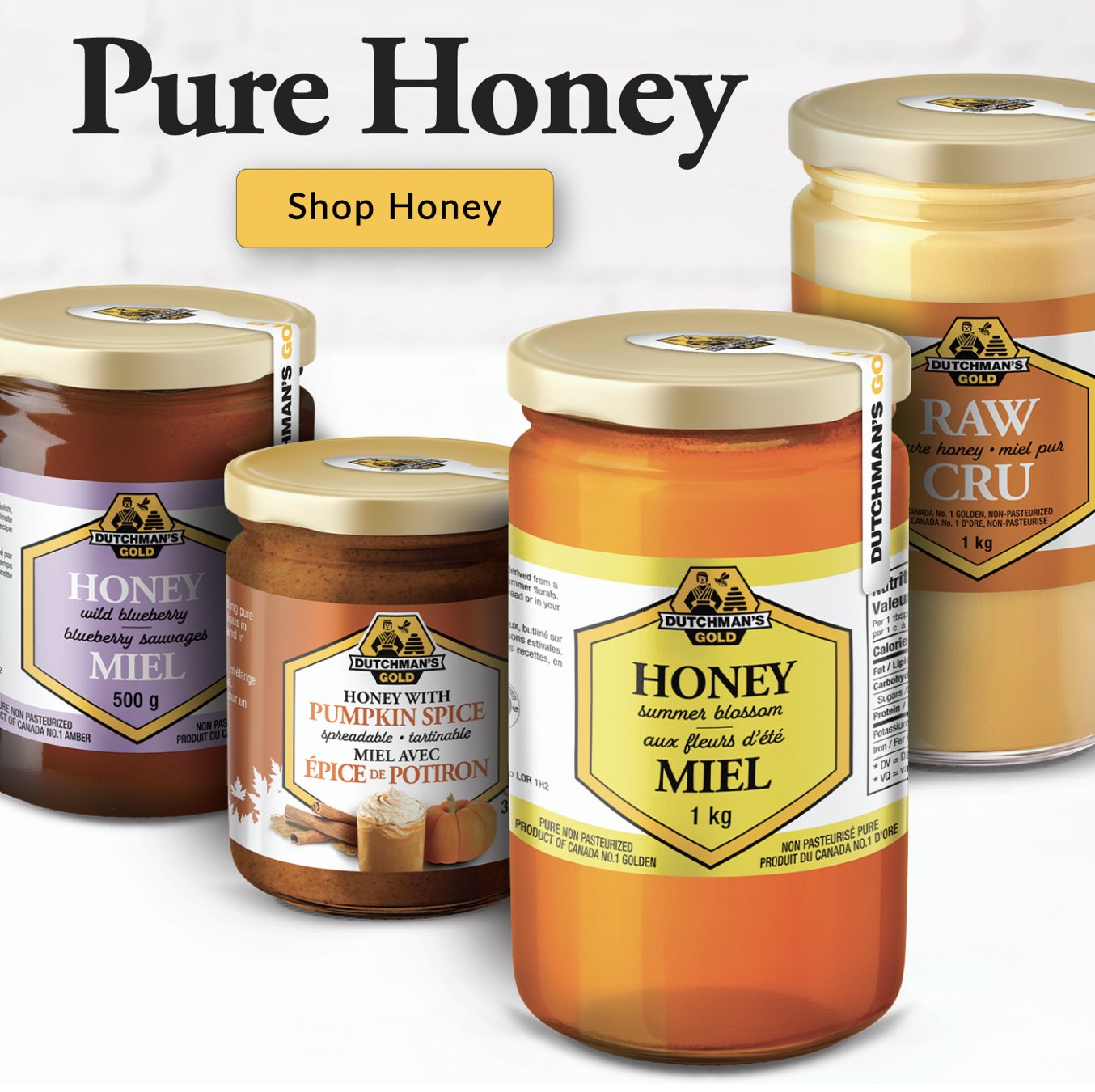
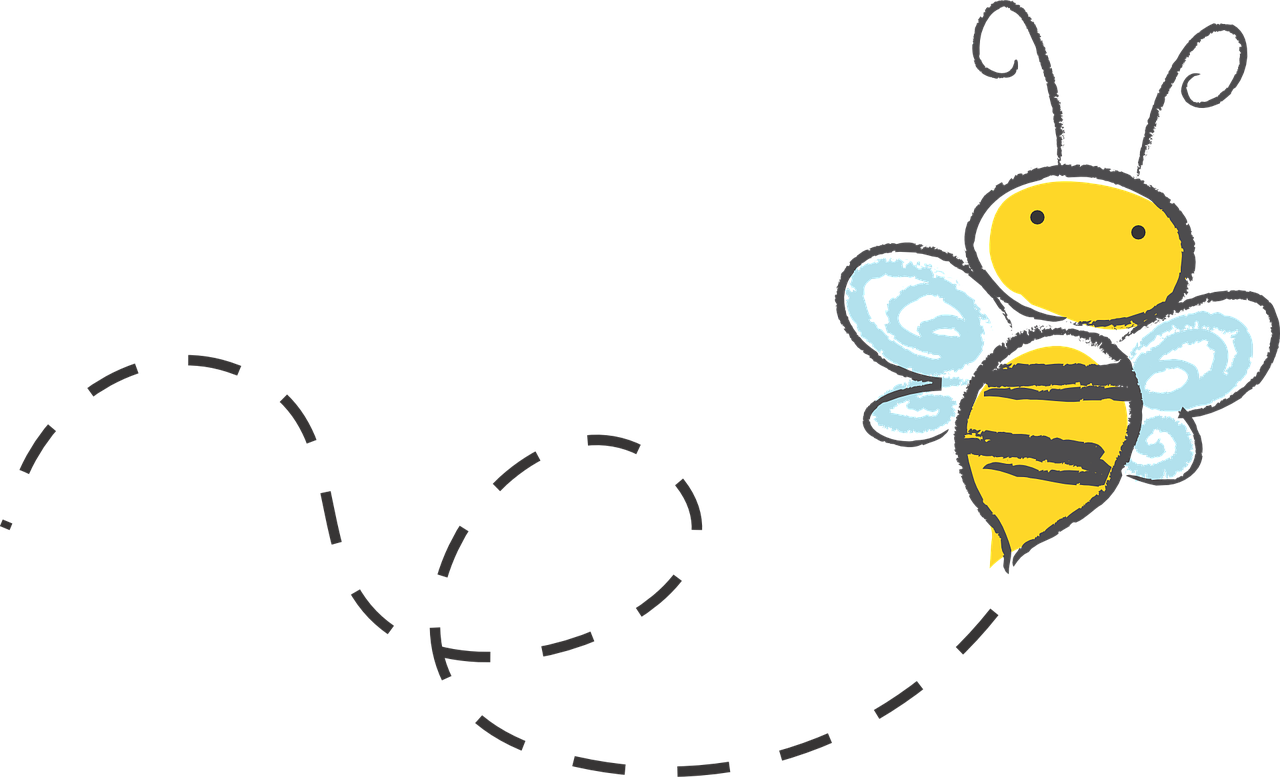
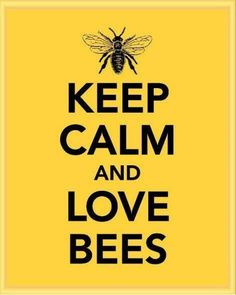

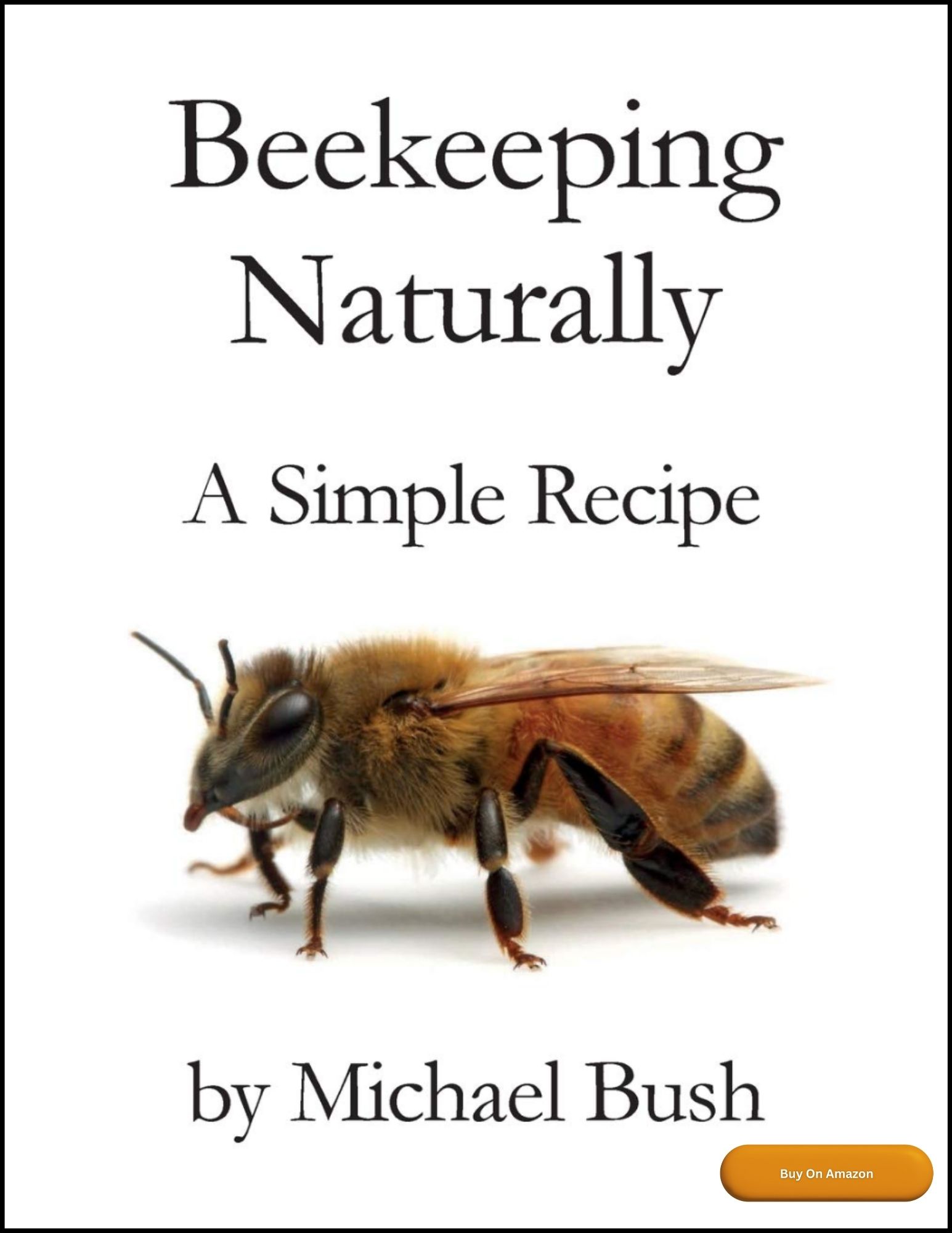
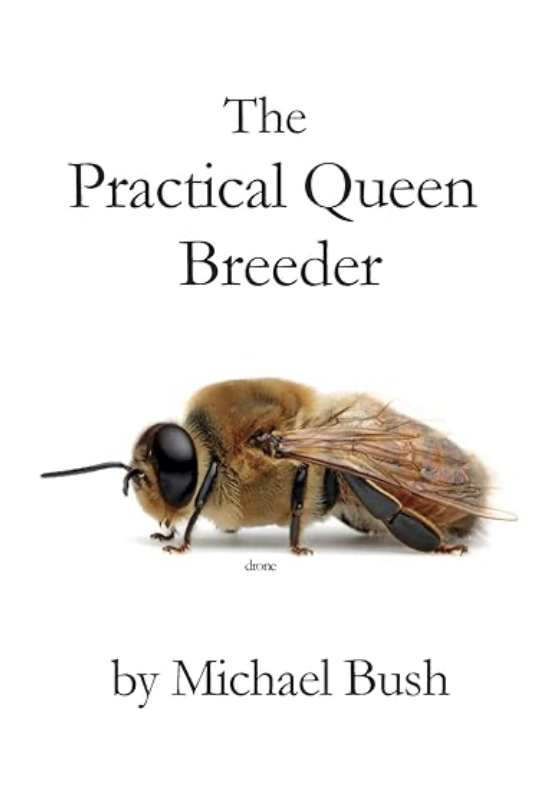
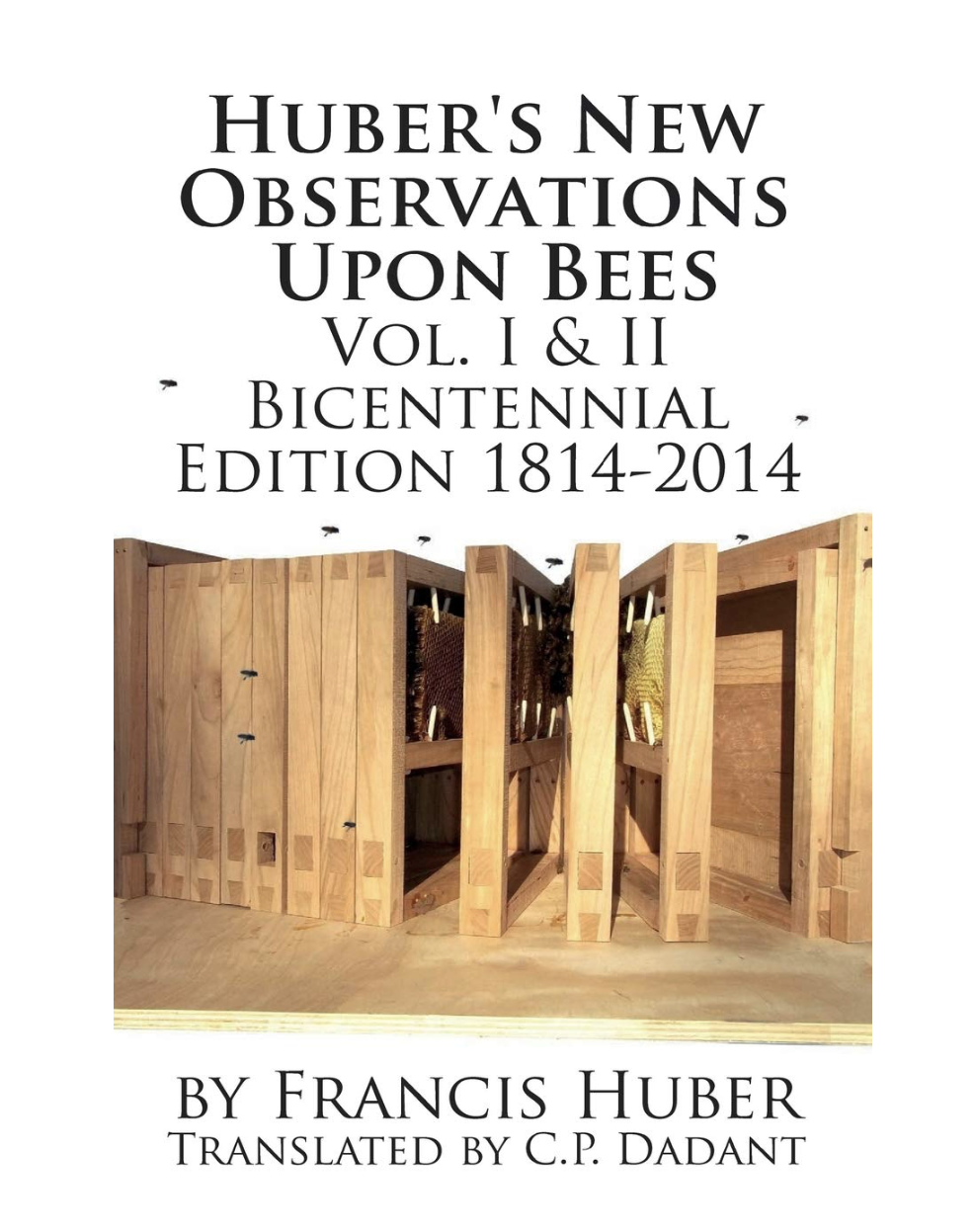
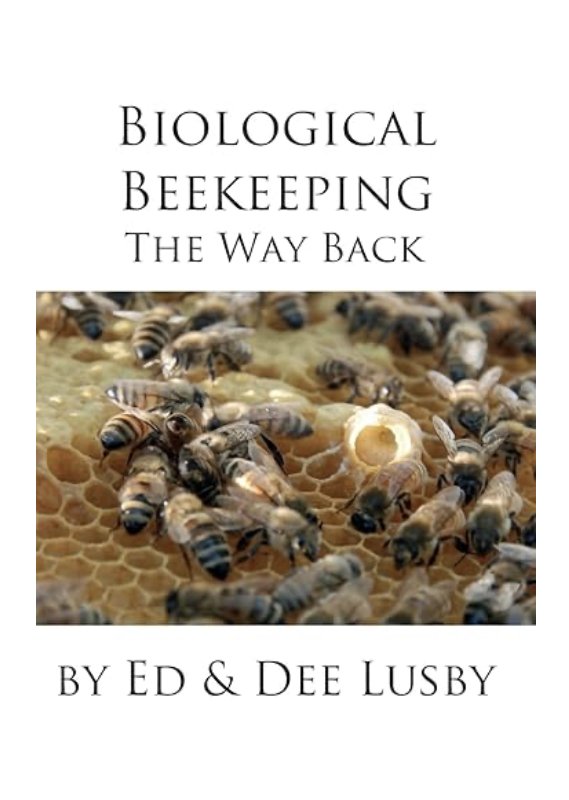

New! Comments
Have your say about what you just read! Leave me a comment in the box below.